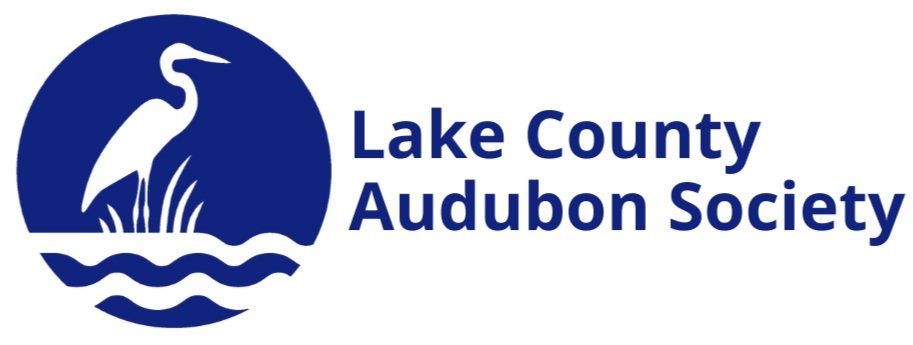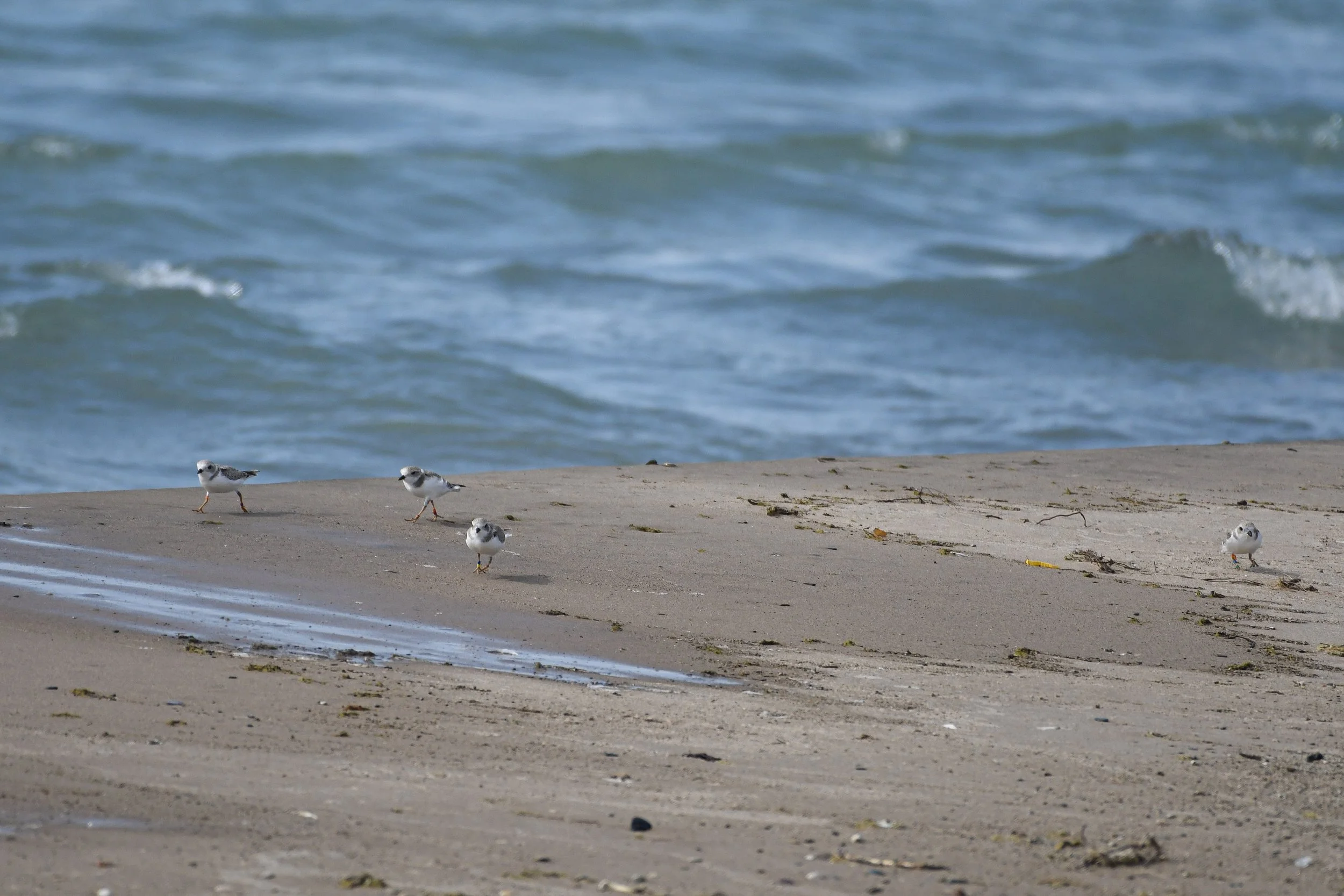
NEWS & UPDATES
Fox Sparrow, Christian Deme
Captive-Reared Piping Plovers Hit the Beach in Waukegan!
Photo courtesy of Oliver Slater, Sharing Our Shore-Waukegan Volunteer
Visiting our Wintering Piping Plover Pepper
by Carolyn Lueck, LCAS board member
In December, 2024, board member and Piping Plover monitor visited Fort Meyers, Florida to check in on Pepper. This is Pepper’s second winter in Florida and volunteers with the Sanibel-Capitva Preservation Foundation (SCCF) and Florida Banded Birds Resighting keep us updated during the nine months he’s on their beaches.
Our Sharing Our Shore-Waukegan program strives to make CONNECTIONS - locally and regionally - as we work to monitor and protect the piping plovers and their habitat and share their story.
Enjoy this travel adventure blog Carolyn put together for Lake County Audubon!
Birding To Help Revitalize Conservation Efforts
Many of our Lake County Audubon board members listened to the NPR 1A podcast ‘Birding to Help Revitalize Conservation Efforts’ today.
Host Jen White brought together a panel to discuss the recently release 2025 State of Birds. The report is a status assessment of the health of the nation’s bird populations, delivered to the American people by scientists from U.S. bird conservation groups. (See the report by clicking HERE).
The data contained in the report is alarming and indicates losses in bird populations are continuing at an accelerating pace for many species. The guests on the show discuss the results of the report but also highlight conservation work that is reversing the decline in some species. They also discuss how data contributed by birders through technology (ie. eBird, iNaturalist) is helping researchers, providing information previously unattainable.
We urge our members to spend 30 minutes listening to this podcast.
CLICK HERE for a link to the NPR 1A podcast.




